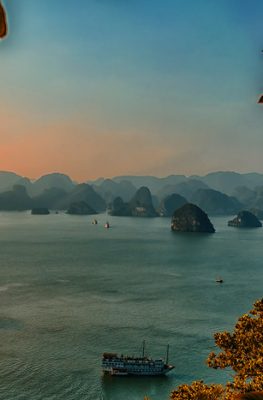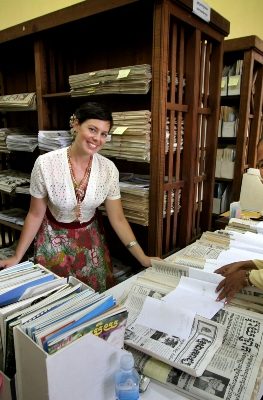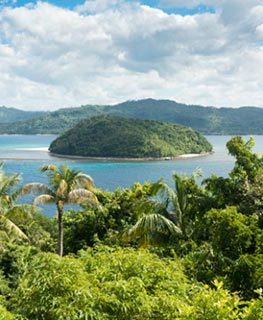Published on July 3, 2015
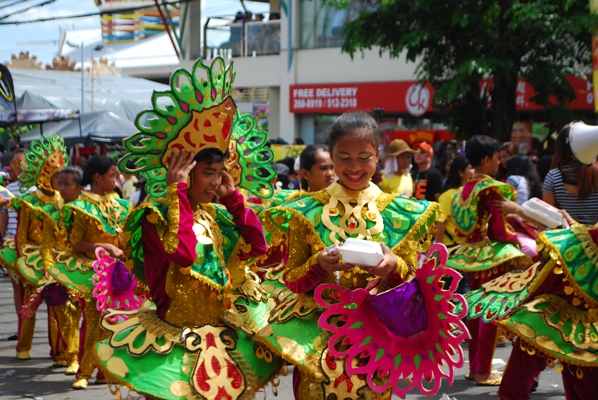
Schedule your visit to Southeast Asia right, and you’ll arrive just in time for a festival – the best occasion to encounter the region’s many cultures face-to-face. From Cambodia to Vietnam, every country in Southeast Asia celebrates a festival (or more than one) that best encapsulates their respective history, beliefs and values.
These festivals draw from a great many influences. Some are resolutely religious in nature, others celebrate a historical or cultural event, while others commemorate the birthday of a beloved national figure. Every country has a different reason to celebrate – meaning you’ll find a great variety of festivals as you venture around the region.
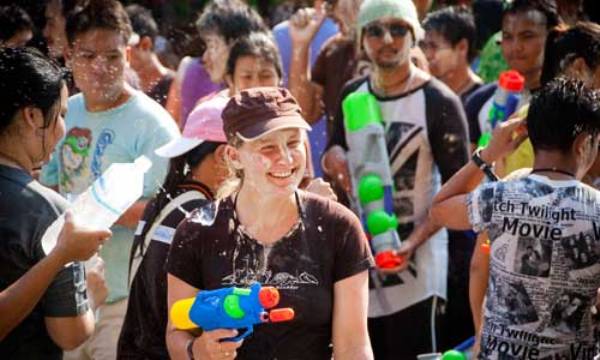
Start with Thailand, where mid-April finds both locals and tourists engaged in a playful water war. Songkran is the Thai New Year, a time for purification and cleansing. The nationwide celebration for the event can last from 5-20 April, with unique activities and festivities that pay tribute to the role of water in Thai culture and society. At homes and temples across the country, Thais clean their homes and wash Buddha statues, while also paying respect to elders by respectfully washing the latter’s hands with perfumed water.
Everybody else on the street is fair game for a different kind of washing. Youngsters armed with water pistols and buckets gleefully drench passersby with wild abandon. Originally intended as a way to wash away bad luck, the splashing has evolved into a fun, rowdy way to beat the summer heat!
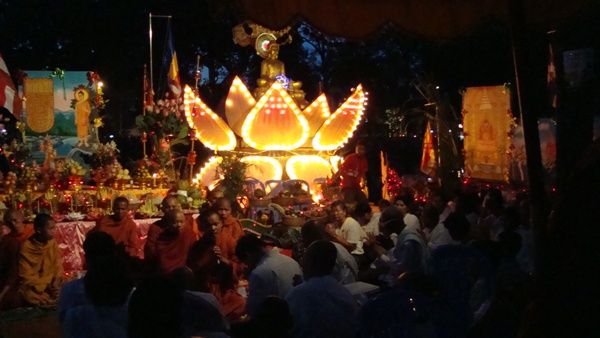
While Cambodia also celebrates their own form of Songkran, the festival of Bon Om Touk is unique to their country. Conceived by the great Khmer king Jayavarman VII as a game to sharpen his navy’s sailing skills, Bon Om Touk has for centuries coincided with the reversing flow between the Mekong River and the life-giving Tonle Sap lake that occurs every November.
The Tonle Sap is the stage and backdrop for the totality of Bon Om Touk, from the Loy Pratip fluvial parade that brings illuminated boats onto the lake at dusk, lighting up the waters; to the brightly-colored racing boats participating in the boat races. Each boat has a beautifully-costumed lady dancing to the beat of the drums as the contestants row fast and furious over Tonle Sap!
In neighboring Vietnam, the celebration of Tet coincides with the Lunar New Year, but the celebrations have a uniquely Vietnamese flavor. The traditional Tet greeting translates to “Eat Tet”, and food is certainly one of this New Year celebration’s key elements, from the sticky rice cakes called bánh chưng to candied fruit.
Vietnamese take the opportunity to go home to their families during Tet, transforming whole villages with parties, dances and firecracker sessions to welcome all comers.
The culturally Catholic city of Cebu in the Philippines is one town that pulls out all the stops during their key cultural festival: Sinulog, a celebration of the discovery of a Christ Child icon in a burned-down house almost 500 years ago.
Starting with a Mass at the Cebu Cathedral and a fluvial parade off the city’s waters, the Sinulog celebrations move to the city’s streets, where a massive parade snakes through Cebu. As whimsically decorated floats and beautifully dressed dancers sway to the music piped all throughout the city, the streets are crowded with partying visitors yelling the festival’s key phrase “Pit Senyor!”
Brunei, on the other hand, reserves its biggest national celebration for the birthday of their King. Celebrated every July 15, the Sultan’s Birthday finds loyal Brunei citizens flocking to the center of Bandar Seri Begawan to hear the King speak. This kicks off almost two weeks of festivities, including parades, night markets (pasar malam) and other celebrations in honor of Brunei’s revered monarch.



